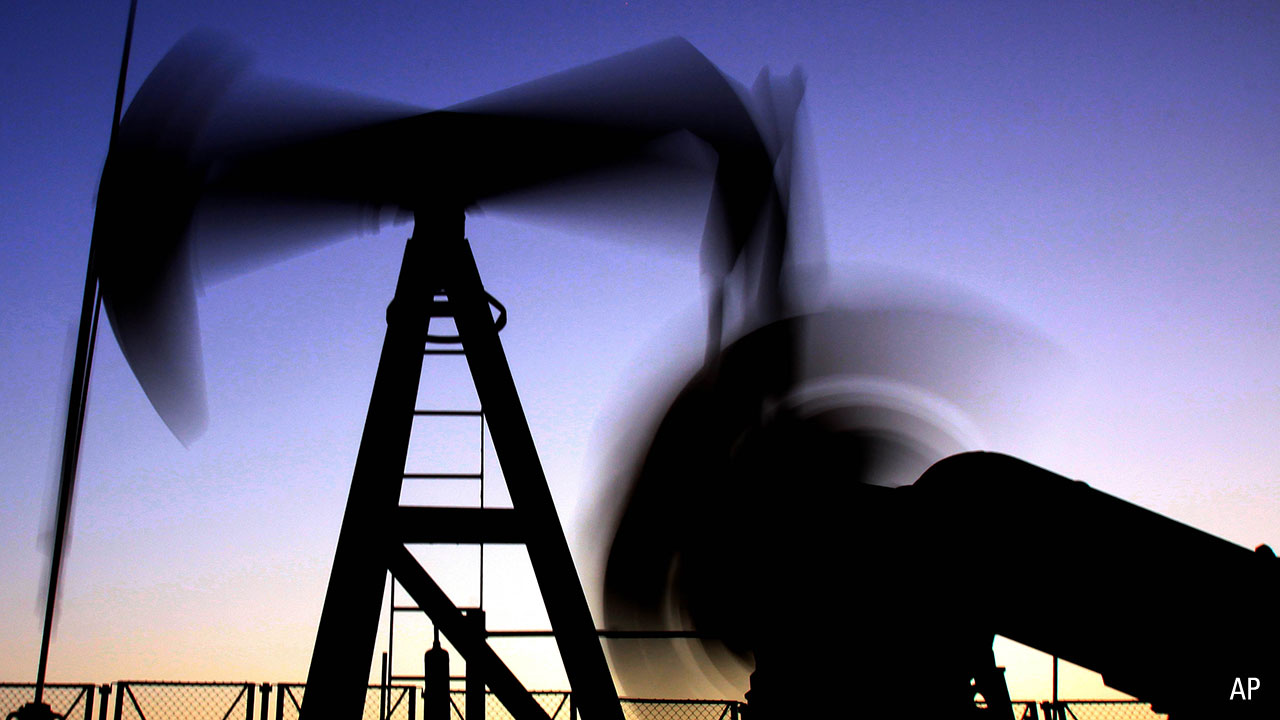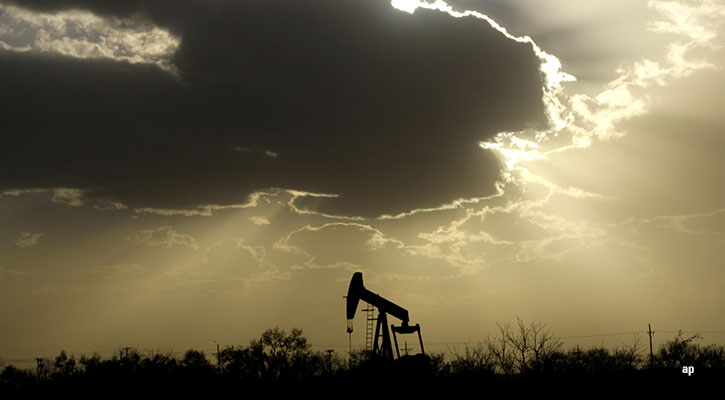Kate Lin: Welcome to Morningstar. Higher inflation has been pushing up food prices for all of us. Part of the reason is that packaged food companies are facing higher input costs. Does this mean for higher and more expensive cost for food in Asia? I'm joined by Jacky Tsang, Equity Analyst at Morningstar.
Hi, Jacky.
Jacky Tsang: Hi, Kate.
Lin: How do the quarterly results of food companies tell us about inflation and what lies ahead in 2022?
Tsang: So, inflation pressure was already mounting early last year when demand was recovering, but the global supply chain continued to be disrupted by labor shortages and logistics disruptions. We've seen from recent earnings that many packaged food companies are dampened by rising raw material and fuel costs and price adjustments of products were not able to cope with the pace with which costs are increasing. Investors remain concerned about inflationary pressure on input costs this year. First of all, Russia and Ukraine are essential exporters of agricultural commodities such as corn, wheat, barley, colza, and sunflower seeds. Disruption of exports and the spring selling season will likely continue to lift prices for these commodities in the short term. Moreover, Russia is a key exporter of chemical fertilizers globally, supplying to major agricultural exporting countries like Brazil. Therefore, the decline in agricultural commodities supply could remain as a tail risk a few quarters out. On the other hand, rising oil prices have driven up prices of other petrochem products like PET, as well as transportation and overhead costs for companies. In short, the cost pressure faced by packaged food makers is quite immense this year.
Lin: Right. So, all this cost pressure food companies usually pass on to consumers. Do you think this will continue and will food costs be higher for Asia?
Tsang: So, defending their margins is definitely a key focus of packaged food and beverage companies under the current environment, and direct price hike is the most straightforward and effective means. We've seen price hikes in China since the third quarter last year for various packaged food and beverage producers, and we think there are industry and company-specific factors that influence a firm's pricing power. For instance, the room for premiumization for the product category, the competitive landscape of the industry, that is, whether it is a consolidated market or a fragmented market, and the company's market share in their respective sectors.
Lin: Other than inflation, what are the factors that you are closely monitoring for food companies under your coverage?
Tsang: We are closely monitoring the company's ability to maneuver on product mix as well as their ability to improve operational efficiencies and channel effectiveness. In our opinion, companies that possess more sources under the Morningstar Equity Research framework should better withstand volatile times like right now with their unique competitive advantage.
Lin: So, which name under your coverage do you think is better positioned for the long term?
Tsang: So, our top pick in China's consumer staples is Yili (Inner Mongolia Yili Industrial Group, 600887) for a couple of reasons. First of all, cost curve for its major input, raw milk, has plateaued during this year. Second, we think the dairy industry still possesses ample room for premiumization in China. As a market leader, Yili should stand to benefit from receding consumer demand for quality dairy products. Moreover, the company has the best operational efficiencies among peers in terms of the cash conversion cycle. And apart from liquid milk, Yili has demonstrated recent success in growing its milk powder business through channel transition and excellence in R&D. Their milk powder business commands a higher margin than liquid milk. So, it would be constructive to the company's overall profitability in the medium term. The reported financials for the first two months this year showed resilient growth in top-line and profits. And our five-year CAGR forecast for revenue and net profit are 40% and 70%, respectively. The stock is currently trading at low 20s forward P/E multiples, which we think is undervalued and deserves investors' attention.
Lin: Right. Thank you so much for your time, Jacky. For Morningstar, I'm Kate Lin.













.png)



.jpg)





